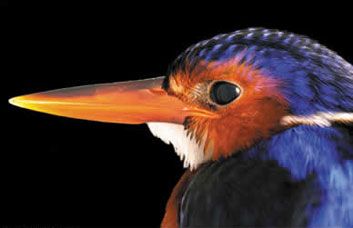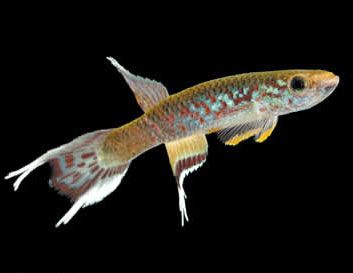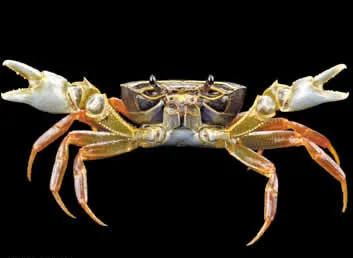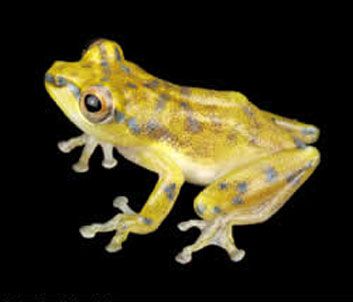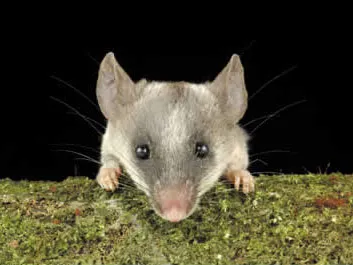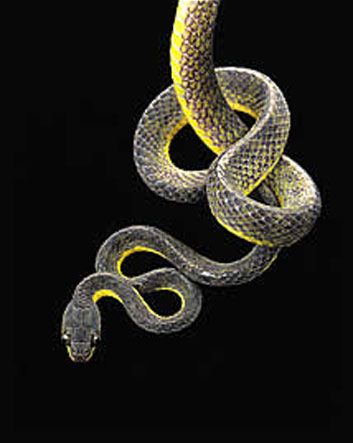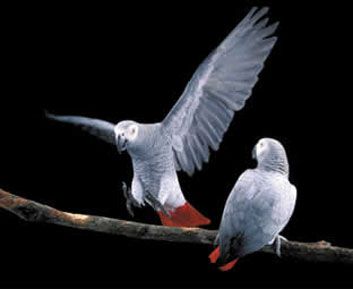Portraits in the Wild
In an unexplored region of Africa’s Atlantic coast, an innovative photographer captures Gabon’s bountiful wildlife
There is a special place in africa where elephants, chimps and forest buffalo walk on white sand beaches and hippos swim in the sea.
But that’s not all that’s remarkable about this stretch of Gabon’s coast. As the last undeveloped slice of Atlantic coastal plain bordering the continent’s vast equatorial rain forests, the region, known as the Gamba Complex, is a biologically rich mosaic of forests, savannas, lagoons, lakes and beaches that, until recently, was virtually unknown to science. Says Francisco Dallmeier, a biologist with the National Zoo’s Monitoring and Assessment of Biodiversity Program, “The Gamba Complex is unique in the world.”
Dallmeier, 50, leading an international team of 46 scientists from the Smithsonian and other research institutions, has been working since 2001 to identify every plant and animal species that inhabits this 4,247-square-mile region—from leopards, gorillas and giant canopy trees to frogs, beetles and orchids. Herpetologists, for example, have discovered in the Gamba Complex as many types of reptiles and amphibians—159 species—as had previously been found in the entire 107,066-square-mile country. Fish experts, the first ever to survey the area, have found 70 different kinds of freshwater fish, more than were recorded in a similar study of an area five times bigger in the Republic of the Congo. In a single week at just one 16-square-mile site within the Gamba Complex, botanists found some 140 tree species, at least 3 of which grow nowhere else in the world but Gabon.
To present this extraordinary biodiversity in a creative new way, Dallmeier enlisted Florida-based photographer Carlton Ward, who spent a total of seven months accompanying the researchers on six expeditions to Gabon. Working alongside the scientists from before dawn to way past dusk, he took some 10,000 photographs of nearly 400 different species of plants and animals.
Ward’s compelling images are far from the workmanlike shots of dead specimens that typically appear in scientific papers and textbooks. To photograph birds, he created a 10 foot by 4 foot by 4 foot enclosure of white nylon, complete with perch; for all other creatures the scientists brought in, he rigged up a tabletop “studio” inside a tent. Ward lit the scenes with strobe lights and posed the animals in front of black velvet to, as he says, “draw attention to the animals themselves.”
If this sounds straightforward, it wasn’t. The relentless rain occasionally washed away a studio, and because of the extreme humidity, Ward had to pack his equipment each night in airtight boxes with moisture-absorbing silica. And his subjects were hardly cooperative: “The frogs were bouncing from one place to another, including my camera lens and face,” he says. “The lizards ran lightning fast, and the mice could jump four feet in the air—plus they bite.” To provide images that scientists can use for description and classification, he took several photographs of each specimen. Next, he connected his digital camera to a laptop computer and showed the images to the biologists, which allowed them to adjust the subject’s pose—turning a snake, for instance, to show more of its underside so a key set of scales could be counted.
Yet Ward, 27, who is completing a master’s degree in ecology, wants his photographs to have value beyond science. “By capturing the essence of a life-form,” he says, “I’m hoping to motivate people to conserve it and its habitat before it’s too late.”
Luckily, it is not too late. Thanks to the country’s relative wealth and low human population—1.2 million people—Gabon still has more than 70 percent of its forest cover. In the Gamba Complex, the oil industry (which has operated here for more than 40 years) has helped protect the region’s species and habitats by keeping out hunters and loggers, says Dallmeier. (The Shell Foundation and Shell Gabon are supporting the five-year, $4 million project.) And, he adds, “there’s a real conservation momentum in Gabon today.” Last year, for example, President El Hadj Omar Bongo, 67, set aside 10 percent of the country’s land area in 13 new national parks.
But Gamba’s oil supplies, the source of about half the nation’s wealth, are beginning to dry up. To maintain the country’s comfortable standard of living—one of the highest in sub Saharan Africa—government leaders may feel pressure to open up the region’s forests to commercial loggers, who already operate nearby. Dallmeier hopes the project can rally support for conserving the Gamba Complex.
That, in fact, may be the most vital reason Dallmeier asked Ward to come aboard. “Scientific reports cannot convey the beauty and complexity of a place,” he says. “These images can.”
